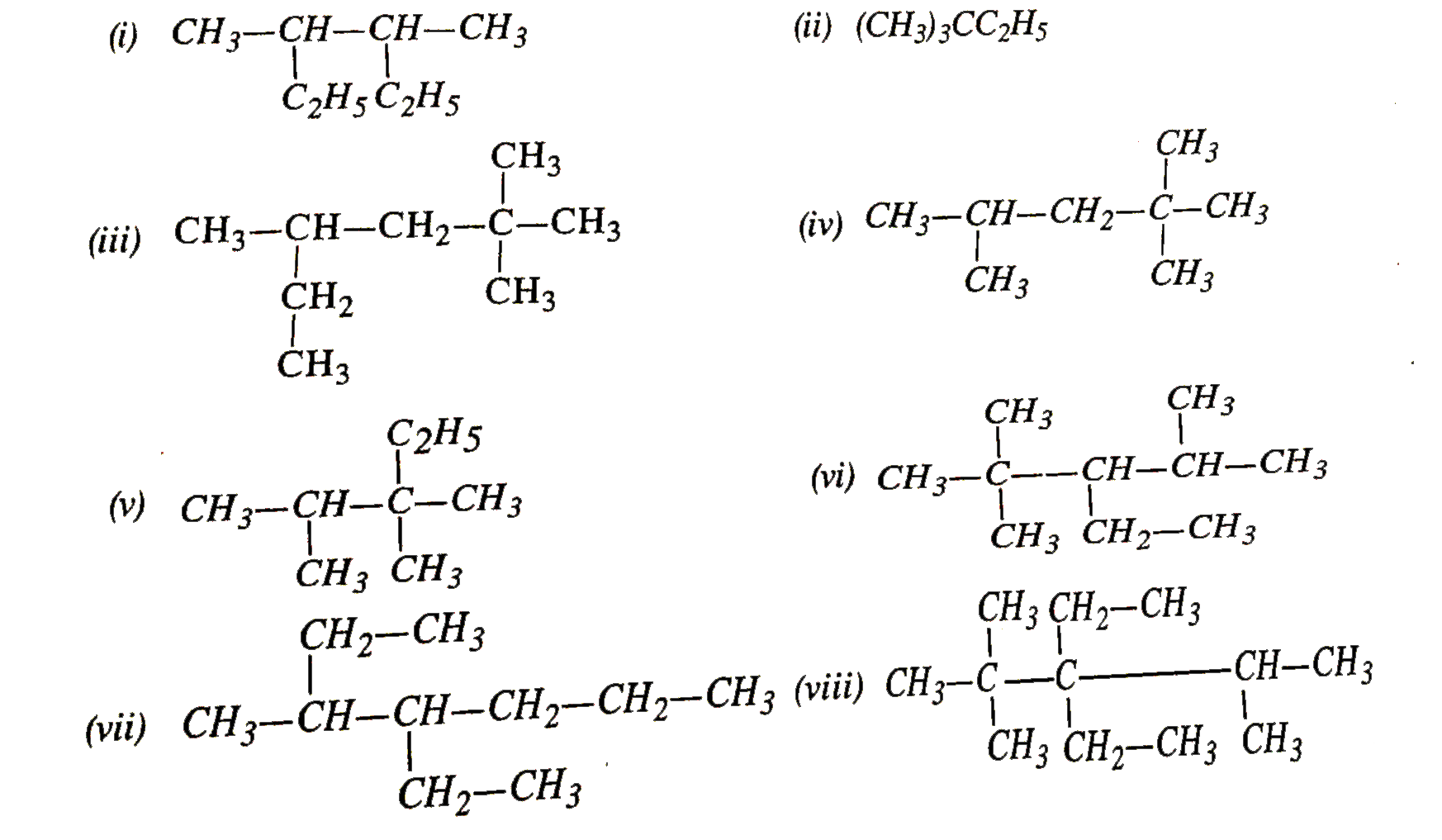Convert 1 - bromobutane to
CH3−CH2−CH2−CH2−CH2−CHO
To convert 1-bromobutane to hexanal (CH₃-CH₂-CH₂-CH₂-CH₂-CHO), we can follow these steps:
Step 1: React 1-bromobutane with sodium ethynide
1. Starting Material: 1-bromobutane (C₄H₉Br)
2. Reagent: Sodium ethynide (C₂H₃Na)
3. Reaction: The nucleophilic ethynide ion (C≡C⁻) attacks the carbon atom in 1-bromobutane, resulting in the formation of a new carbon-carbon bond.
4. Product: The product of this reaction is hex-1-yne (C₆H₁₀) and sodium bromide (NaBr).
Step 2: Hydrogenate the alkyne to form an alkene
1. Starting Material: Hex-1-yne (C₆H₁₀)
2. Reagent: Hydrogen gas (H₂) in the presence of a catalyst (such as Ni, Pd, or Pt).
3. Reaction: The triple bond in hex-1-yne is reduced to a double bond, forming hexene (C₆H₁₂).
4. Product: The product is hexene.
Step 3: Perform hydroboration-oxidation to form an alcohol
1. Starting Material: Hexene (C₆H₁₂)
2. Reagents: B₂H₆ (diborane) in THF followed by H₂O₂ and NaOH.
3. Reaction: The hydroboration-oxidation reaction adds an -OH group to the less substituted carbon of the double bond, yielding hexanol (C₆H₁₄O).
4. Product: The product is hexanol.
Step 4: Oxidize the alcohol to form an aldehyde
1. Starting Material: Hexanol (C₆H₁₄O)
2. Reagent: Pyridinium chlorochromate (PCC) or pyridinium dichromate (PDC).
3. Reaction: The alcohol is oxidized to an aldehyde.
4. Product: The final product is hexanal (C₆H₁₂O).
Summary of the Reaction Pathway:
1. 1-bromobutane + sodium ethynide → hex-1-yne + NaBr
2. Hex-1-yne + H₂ (catalyst) → hexene
3. Hexene + B₂H₆/THF → hexanol
4. Hexanol + PCC/PDC → hexanal
---
1. Starting Material: 1-bromobutane (C₄H₉Br)
2. Reagent: Sodium ethynide (C₂H₃Na)
3. Reaction: The nucleophilic ethynide ion (C≡C⁻) attacks the carbon atom in 1-bromobutane, resulting in the formation of a new carbon-carbon bond.
4. Product: The product of this reaction is hex-1-yne (C₆H₁₀) and sodium bromide (NaBr).
1. Starting Material: Hex-1-yne (C₆H₁₀)
2. Reagent: Hydrogen gas (H₂) in the presence of a catalyst (such as Ni, Pd, or Pt).
3. Reaction: The triple bond in hex-1-yne is reduced to a double bond, forming hexene (C₆H₁₂).
4. Product: The product is hexene.
1. Starting Material: Hexene (C₆H₁₂)
2. Reagents: B₂H₆ (diborane) in THF followed by H₂O₂ and NaOH.
3. Reaction: The hydroboration-oxidation reaction adds an -OH group to the less substituted carbon of the double bond, yielding hexanol (C₆H₁₄O).
4. Product: The product is hexanol.
1. Starting Material: Hexanol (C₆H₁₄O)
2. Reagent: Pyridinium chlorochromate (PCC) or pyridinium dichromate (PDC).
3. Reaction: The alcohol is oxidized to an aldehyde.
4. Product: The final product is hexanal (C₆H₁₂O).
1. 1-bromobutane + sodium ethynide → hex-1-yne + NaBr
2. Hex-1-yne + H₂ (catalyst) → hexene
3. Hexene + B₂H₆/THF → hexanol
4. Hexanol + PCC/PDC → hexanal
Similar Questions
Give the IUPAC name of the following compound is :
Cl−CH2−CH2−CH2−CH2−CH2−CHO.
View SolutionGive IUPAC name of :NH2−CH2−CH2−CH2−CHO.
View SolutionConvert:
CH3CH2COOH→CH3CH2Br
View SolutionGive IUPAC name of : OH−CH3−CH2−CH2−CHO
View SolutionThe suitable reagent to convert CH3−CH=CH−CHO into CH3−CH2−CH2−CH2−OH
View SolutionRearrange the following compounds in the increasing order of their boiling points :
CH3−CHO,CH3−CH2−OH,CH3−CH2−CH3
View SolutionGive IUPAC name of : I−CH2−CH2−CH2−CHO .
View SolutionDistinguish between the following :
(i) CH3−CO−CH2CH3 and CH3−CH2−CH2−CHO
View SolutionWrite the IUPAC of the following compounds :

(ix) CH3−CH−CH−CH2−CH2−CH−CH2−CH(CH3)2 | | | CH3 CH3 CH2−CH2−CH2−CH3
View SolutionWrite IUPAC name of Br−CH2−CH2−CH2−CHO.
View Solution